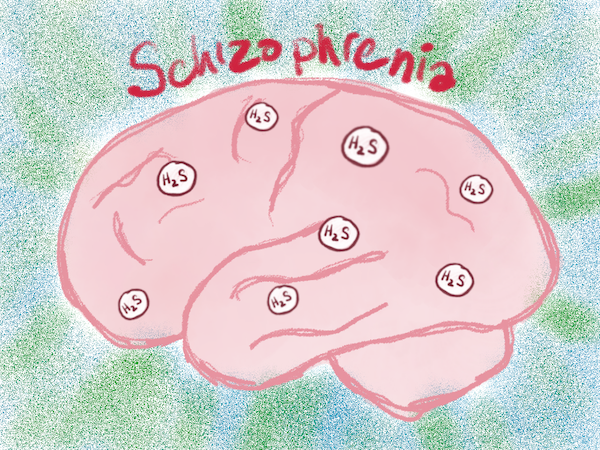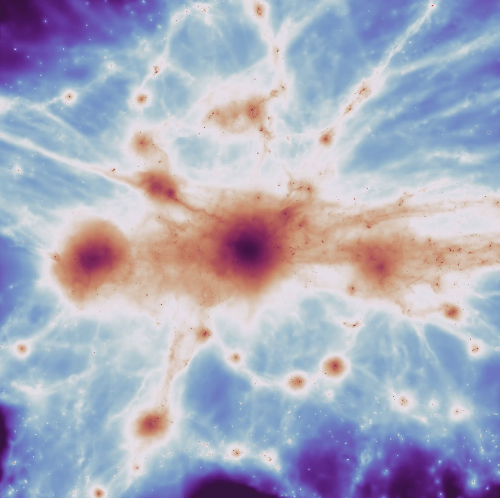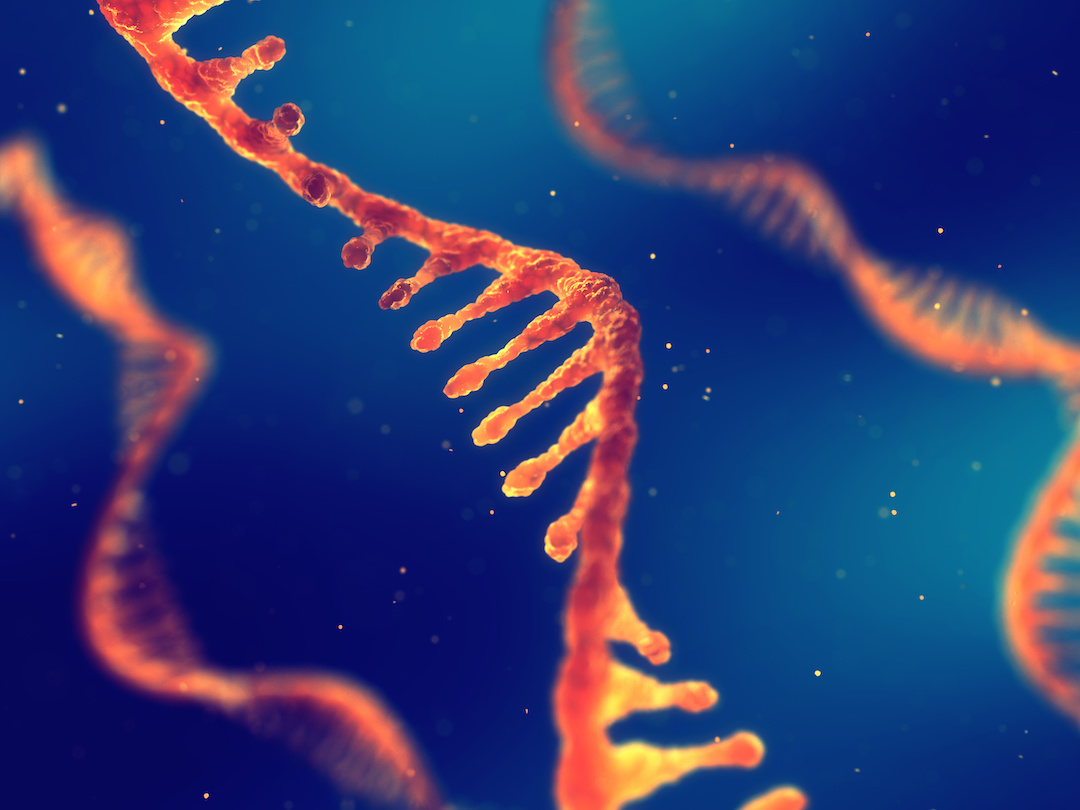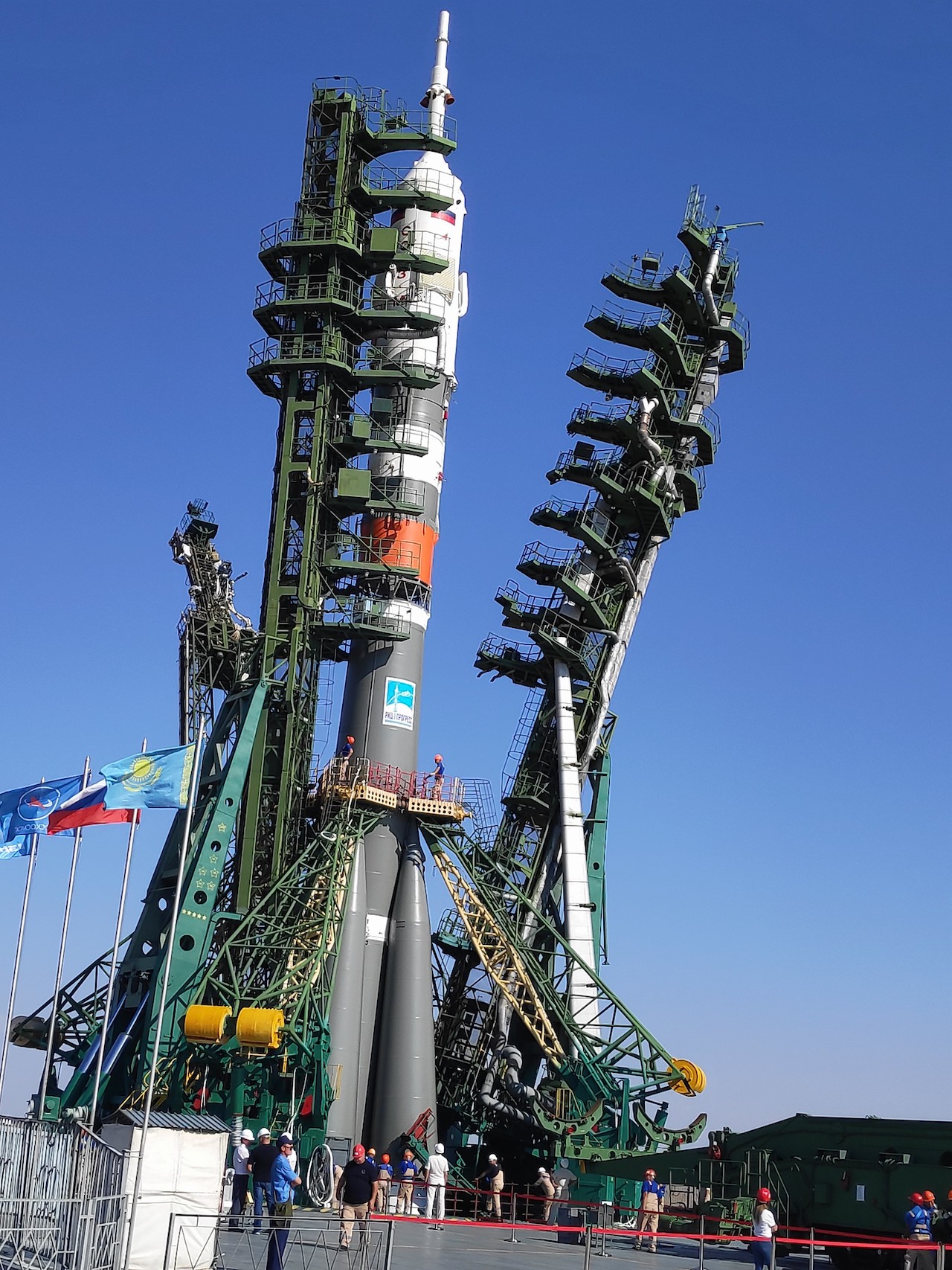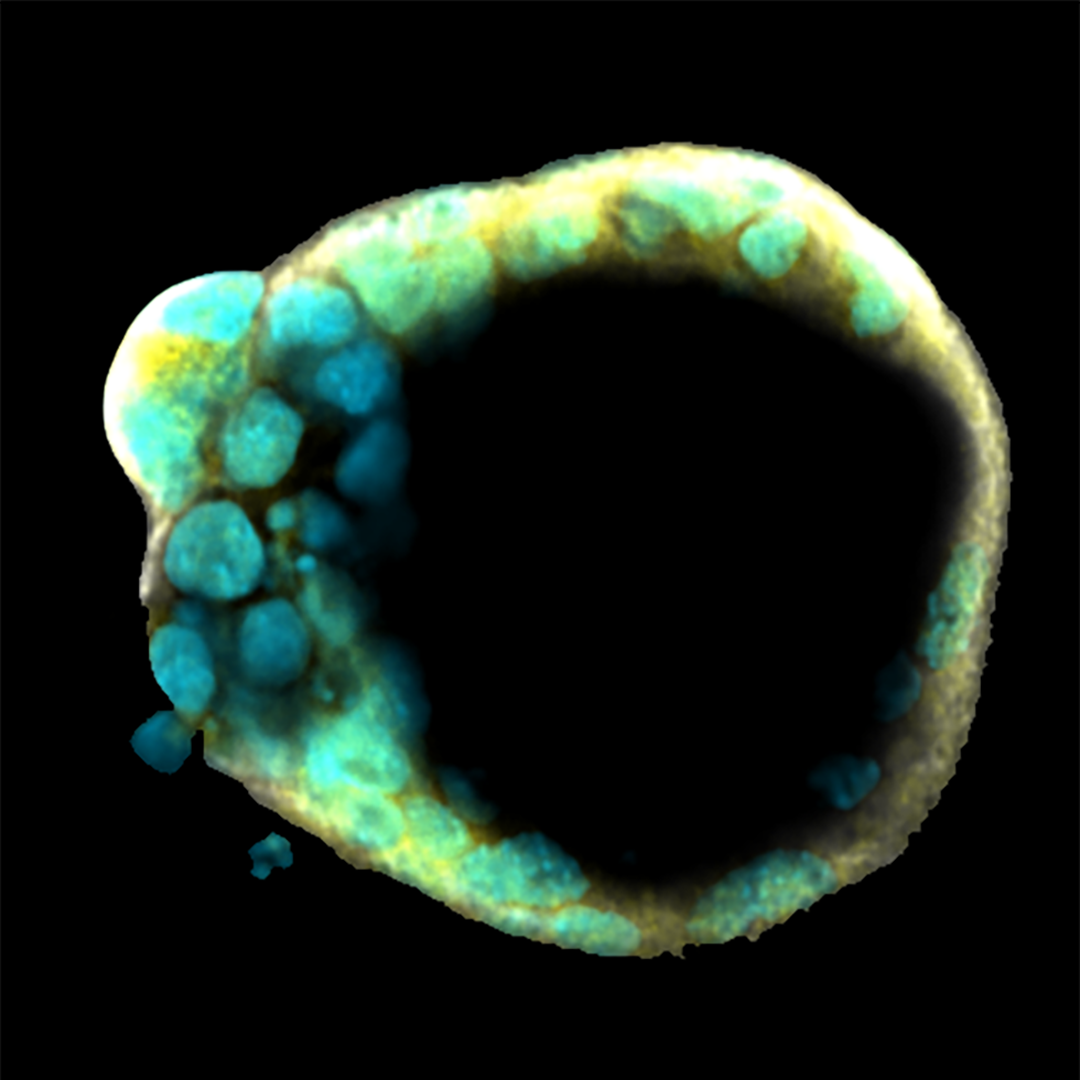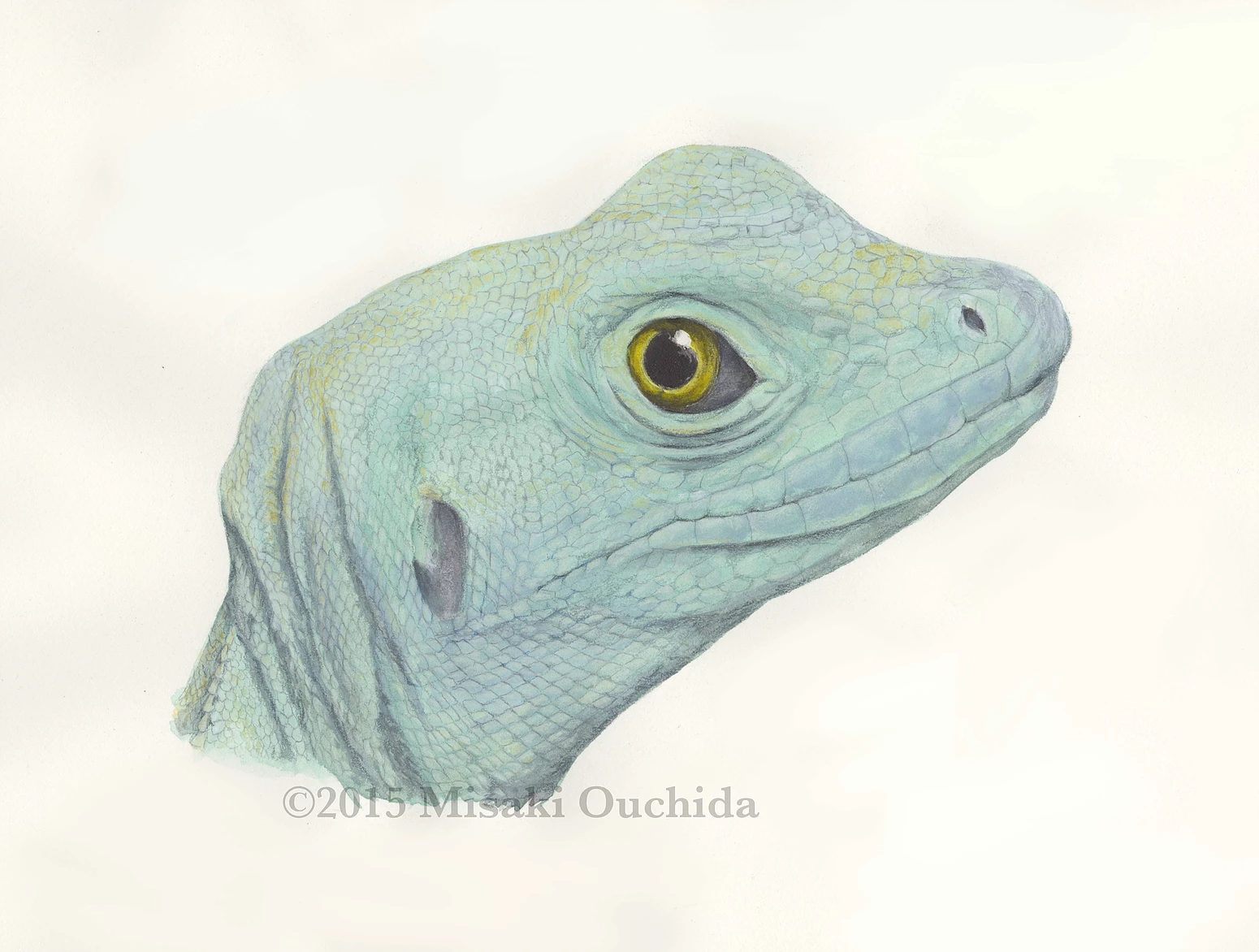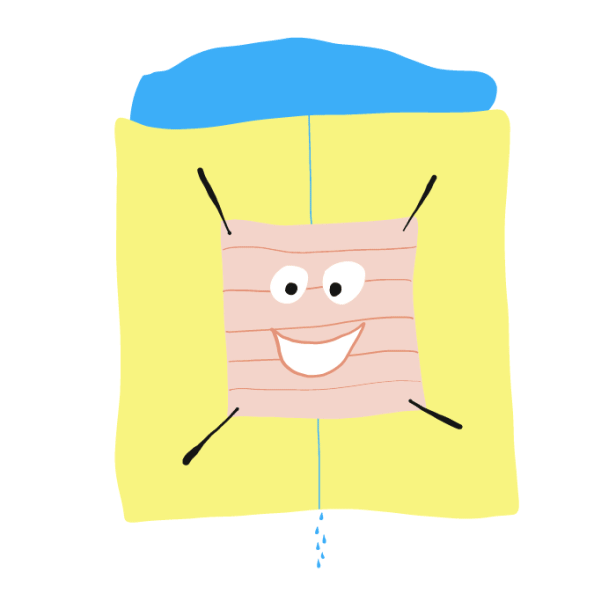Latest research animations
Self-assembly of spider silk
This gut microbe might protect against diabetes and reduce insulin resistance
NEW: One-way hydrogel guides motion of tiny worms!
Latest Posts
No Results Found
The page you requested could not be found. Try refining your search, or use the navigation above to locate the post.
Longevity in supercentenarians linked to cytotoxic T-cells
Schizophrenia biomarker (hydrogen sulfide) in human hair
Brain tissue kept alive for weeks with new microfluidic device
Massive filaments, galaxies, and supermassive black holes
Understanding non-coding DNA: gene “enhancers”
Mini-EUSO launched to the International Space Station ?
Implantable blastocyst‐like cysts grown from stem cells
Talking science Illustration with Misaki Ouchida
Cyborg microchip valve driven by earthworm muscle
Dec
10
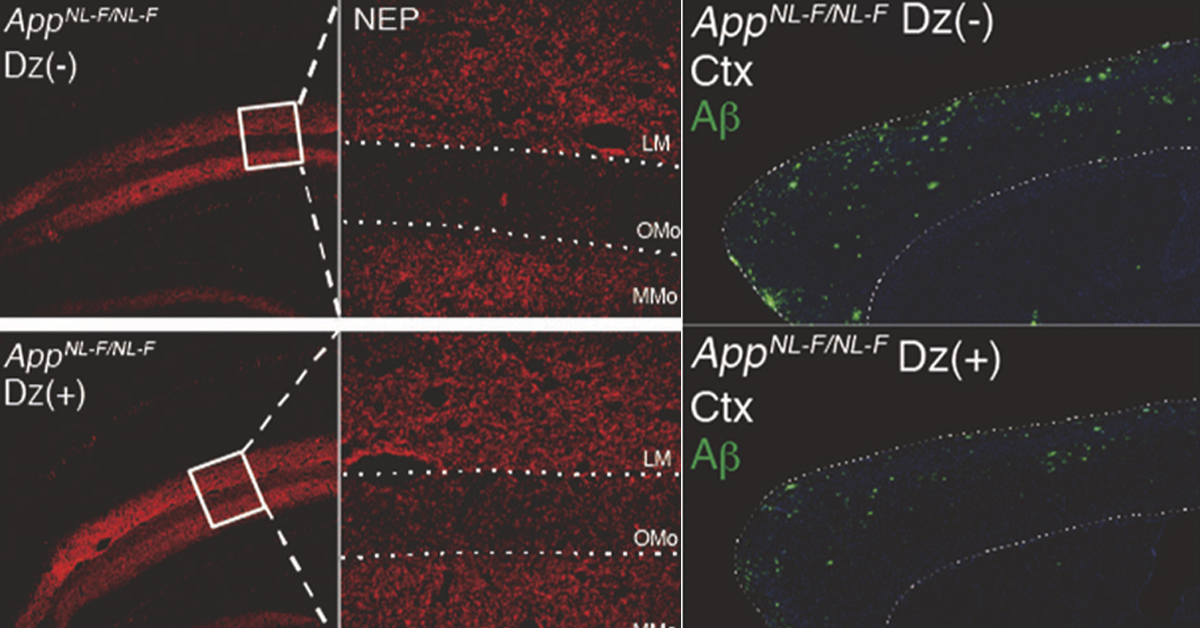
Diazoxide pills for Alzheimer’s disease?
Drug therapy with with diazoxide relieved symptoms of Alzheimer’s disease in the brains of mice and improved memory.
Oct
8

Zebrafish imagine a danger-free future to avoid threats in virtual reality
By imaging the brain while zebrafish “swim” in virtual reality, scientists have learned that even fish can create internal models to predict future outcomes.
Sep
22
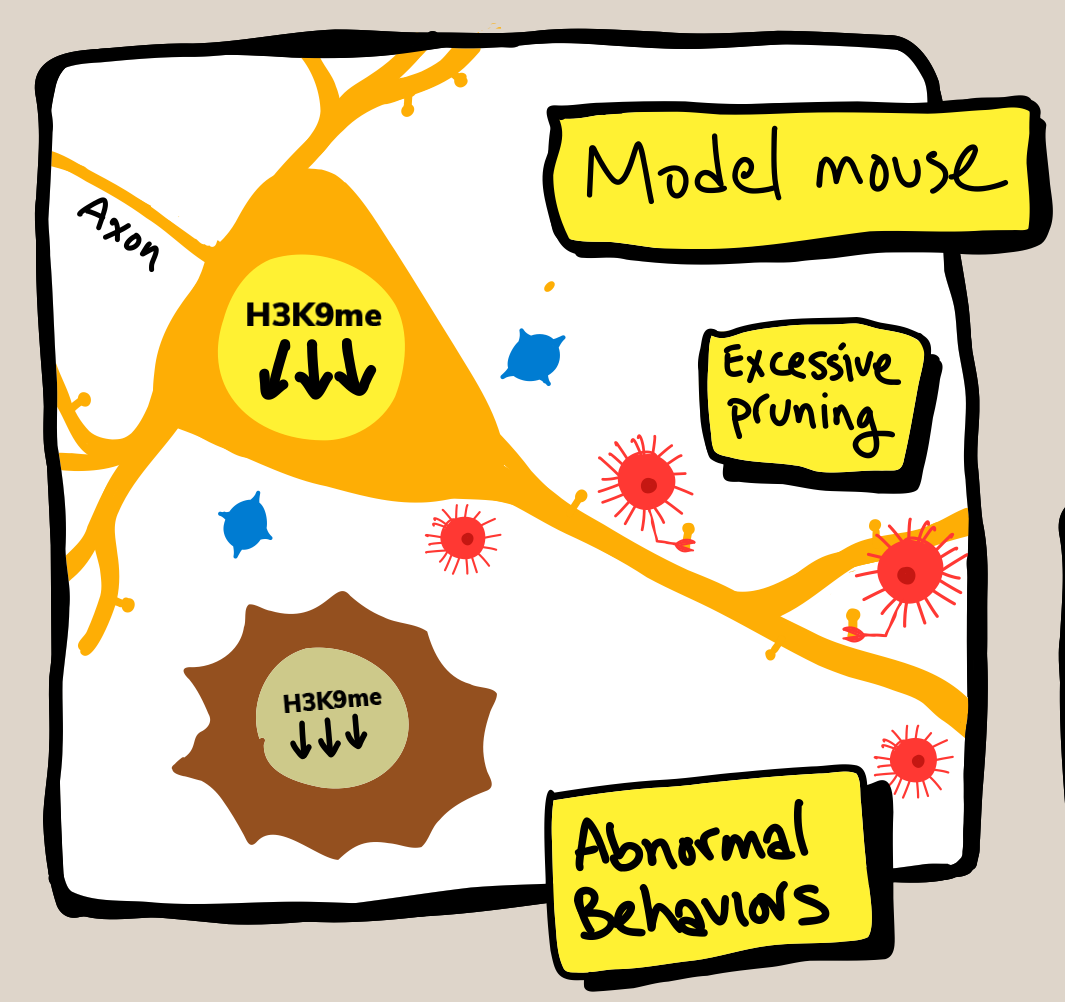
Kleefstra syndrome in mice reversed after birth
Researchers used a postnatal supply of GLP to reverse neural and behavioral symptoms of Kleefstra syndrome in mice!
Sep
10
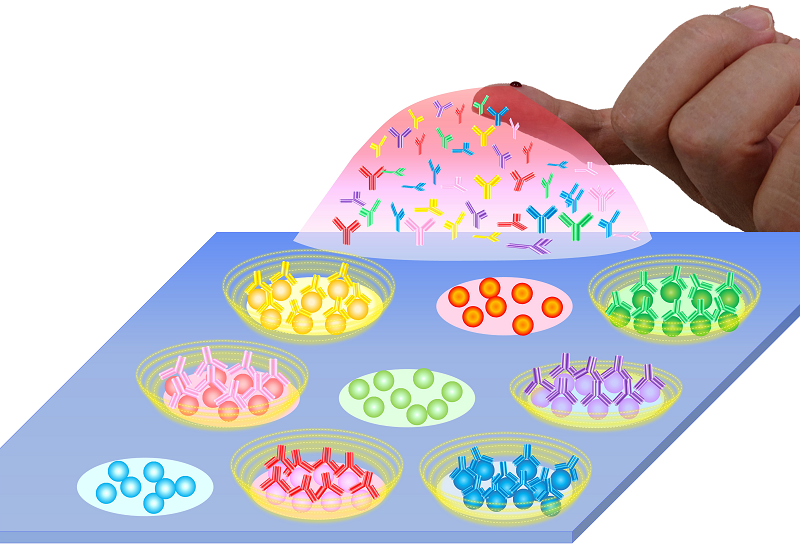
A faster and more sensitive antibody test for COVID-19
Fast and sensitive: A new antibody test for the COVID-19 virus. Just a pinprick of blood and results in 30 minutes.
Jul
26

Opossums are the first genome edited marsupials
A new piezoelectronic microinjection method has allowed the first successful genome editing in marsupials: albino opossums.
Jul
19
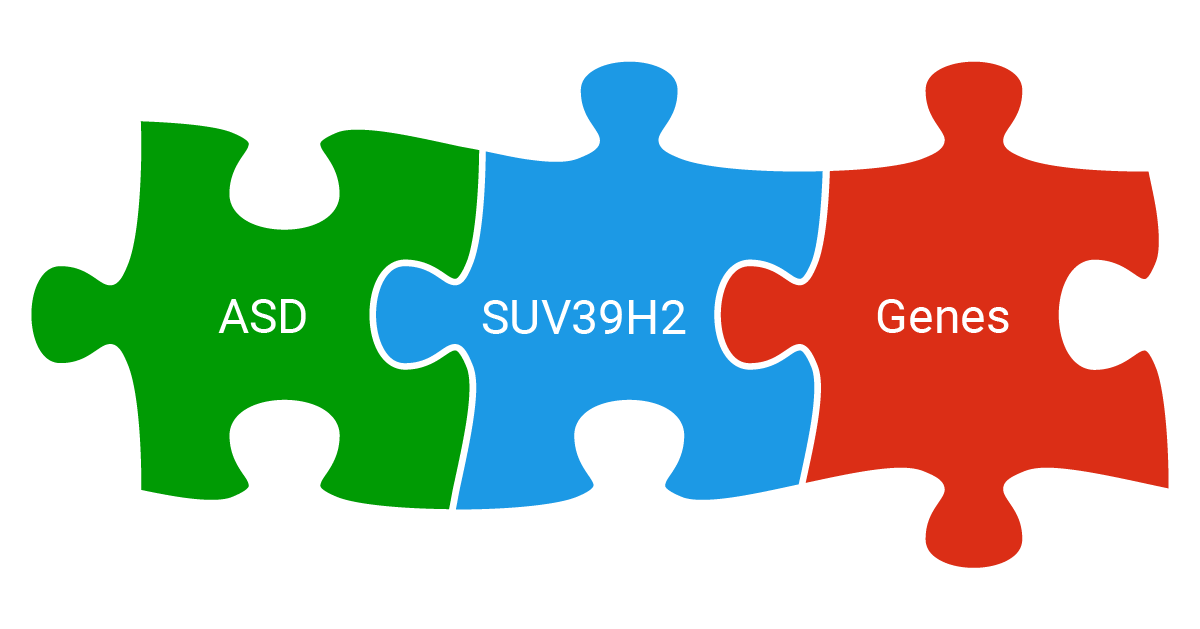
Methylation mutation directly linked to autism
A mutation in a gene needed for H3K9 methylation is directly linked to autism spectrum disorders and early neurodevelopment.


